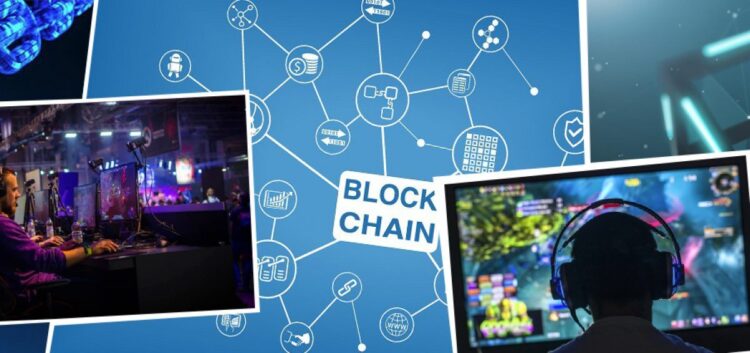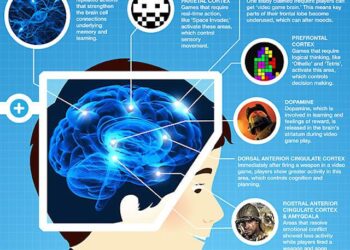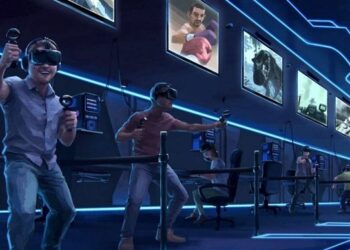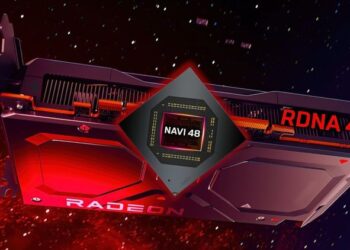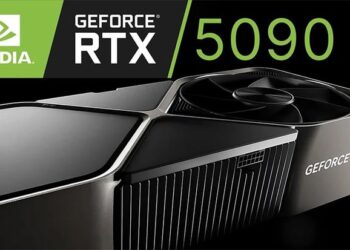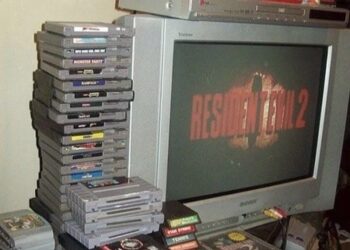The world of interactive entertainment is standing on the precipice of its next great evolution. We’ve journeyed from the pixelated simplicity of arcade cabinets to the sprawling, photorealistic universes of online multiplayer games. Each step in this journey has deepened immersion and connectivity. Now, a new technological shift is underway, one that promises to rewrite the fundamental rules of gaming not by adding more polygons or faster frame rates, but by altering the very concept of value and ownership. This is the era of blockchain gaming, a movement poised to transform the multi-billion-dollar gaming industry into a multi-trillion-dollar player-owned economy.
For decades, the relationship between a gamer and their in-game assets has been a one-way street. Players spend countless hours and real money to acquire rare swords, powerful characters, or exclusive skins, but these assets remain trapped within the digital walls of the game, owned and controlled entirely by the developer. If the player leaves the game, or if the developer shuts down the servers, that invested value vanishes into the digital ether.
Blockchain technology shatters this outdated model. By integrating principles of decentralization, cryptocurrency, and Non-Fungible Tokens (NFTs), it creates a new paradigm where players have true, verifiable ownership of their digital assets. This isn’t just a feature; it’s a seismic shift that gives players real-world economic power, transforming them from simple consumers into active stakeholders. This comprehensive guide will explore the intricate layers of this revolution, from the core technologies driving it to the economic models it enables, the challenges it faces, and the monumental future it is building.
Beyond the Buzzwords: What Is Blockchain Gaming?
At its core, blockchain gaming utilizes the same distributed ledger technology that powers cryptocurrencies like Bitcoin and Ethereum to create a new kind of gaming experience. Instead of storing data on a centralized server owned by a single company, key in-game information—like who owns which item—is recorded on a decentralized, transparent, and immutable blockchain. This simple change has profound implications.
To understand the difference, consider a traditional game. When you “buy” a rare skin for your character, you are essentially purchasing a license to use that skin within the game’s ecosystem. The developer can alter it, remove it, or even ban your account, causing you to lose it entirely. The item has no value outside of that specific game.
Now, imagine that same skin is created as an NFT on a blockchain.
- An NFT, or Non-Fungible Token, is a unique digital certificate of ownership recorded on the blockchain. It proves that you, and only you, are the owner of that specific digital item.
- Because it’s on the blockchain, the item is in your personal crypto wallet, not on the company’s server. It is truly yours. You can sell it to another player on an open marketplace, trade it for other assets, or simply hold it as a collectible.
- The scarcity of the item is also provably fair. If a developer says only 1,000 of a legendary sword will ever exist, the blockchain’s transparent nature allows anyone to verify that claim.
This framework creates a foundational layer of trust and ownership that simply cannot exist in the traditional, centralized gaming model. The game world begins to operate more like the real world, with genuine economies, scarcity, and property rights.
The Economic Engine: From Play-to-Earn to Play-and-Own
The most explosive concept to emerge from blockchain gaming has been the Play-to-Earn (P2E) model. This model turned the traditional gaming economy on its head. Instead of players paying to play, games were designed to reward players with cryptocurrency or NFTs for their time, skill, and contributions to the ecosystem.
The pioneer of this movement, Axie Infinity, demonstrated the incredible power of this concept. Players could battle creatures called Axies (which were NFTs), earn tokens, and then sell those assets on an open market for real money. At its peak, this created a vibrant digital economy where players in developing nations could earn a viable income, sometimes exceeding their country’s average wage, simply by playing a game. The model also gave rise to “gaming guilds,” which are organizations that loan out high-value NFT assets to new players (called “scholars”) in exchange for a share of their earnings, lowering the barrier to entry.
However, the initial P2E 1.0 model had its flaws. It often prioritized earning over fun, leading to gameplay loops that felt more like a job than a leisure activity. This created unsustainable economies where a constant influx of new players was required to maintain asset values.
In response, the industry is now evolving toward a more mature and sustainable model: Play-and-Own or Play-and-Earn.
The focus of this new model is to build high-quality, genuinely fun, and engaging games first—the kind of AAA experiences that traditional gamers love. The blockchain elements are then seamlessly integrated as an enhancement, not as the sole purpose of the game. In a Play-and-Own game, you might play for hundreds of hours simply because you love the gameplay, and along the way, the legendary items you discover or the high rank you achieve are recorded as valuable NFTs. The earning potential becomes a powerful and welcome byproduct of an enjoyable experience, not the primary objective. This ensures the game’s long-term health and attracts a broader audience of both gamers and crypto-enthusiasts.
The Four Pillars of the Web3 Gaming Economy

The future of blockchain gaming is being built upon four transformative pillars that collectively create an open, fair, and player-centric digital world.
- A. True Digital Ownership and Asset Liquidity: This is the foundational pillar. As discussed, NFTs grant players absolute ownership of their in-game items. This ownership unlocks liquidity—the ability to easily convert an asset into cash or other assets. Marketplaces like OpenSea or Magic Eden function like a global eBay for digital goods, allowing for 24/7 trading. This means the hundreds of hours you invest in obtaining a rare item now have a tangible, real-world market value that you can realize at any time.
- B. Interoperability and the Open Metaverse: For decades, gaming franchises have existed as “walled gardens.” The items and identity you build in Call of Duty cannot come with you to Fortnite. Blockchain offers a solution to this through the concept of interoperability. The vision is for an open metaverse where assets built on a common blockchain standard could be used across multiple different games and virtual worlds. Imagine earning a unique vehicle skin in a racing game and then being able to use that same skin on your spaceship in a sci-fi exploration game. This creates a more unified and valuable digital identity for the player and dramatically increases the utility of any given NFT.
- C. Player-Driven Economies and Governance (DAOs): Web3 gaming fundamentally shifts power from developers to the players. Many projects are now governed by DAOs (Decentralized Autonomous Organizations). In a DAO structure, players who own the game’s governance tokens can vote on key decisions about the game’s future. This could include proposing and approving new features, deciding on economic balancing, or directing how the community treasury is spent. Players are no longer just passive consumers; they are active participants in the development and long-term success of the game worlds they inhabit.
- D. Unprecedented Transparency and Provable Fairness: Blockchains are, by their nature, transparent public ledgers. This transparency brings a new level of fairness to gaming. Players can independently verify the drop rates of rare items, ensuring the odds aren’t being secretly manipulated by the developer. They can confirm the total supply of a limited-edition item, guaranteeing its scarcity and value. The rules of the game and its economy are enforced by immutable smart contracts, reducing the need to blindly trust the game’s creators and fostering a more equitable environment for all participants.
Navigating the Headwinds: Challenges on the Road to Mass Adoption
Despite its immense potential, the path for blockchain gaming is not without significant obstacles. Overcoming these challenges is crucial for transitioning from a niche market to a global standard.
- A. Technical Hurdles and User Experience: The current user experience for blockchain gaming can be intimidating for newcomers. It often involves complex steps like setting up a non-custodial crypto wallet, managing private keys, and navigating the complexities of “gas fees” (transaction costs on a blockchain). For mass adoption to occur, the onboarding process must become as seamless and intuitive as downloading a game from the App Store.
- B. Scalability and Transaction Costs: Many popular blockchains, like Ethereum, have historically struggled with slow transaction speeds and high gas fees, making them unsuitable for the high-frequency, low-cost transactions required for many gaming actions. The development of Layer 2 scaling solutions and new, high-performance blockchains is actively addressing this, but it remains a work in progress.
- C. Market Volatility and Speculation: The value of in-game assets is often tied to the highly volatile cryptocurrency market. This can create unstable game economies and expose players to significant financial risk. The industry’s early days were also marked by scams and poorly designed projects, leading to a healthy dose of skepticism from the public.
- D. Backlash from Traditional Gamers: A vocal segment of the traditional gaming community has expressed strong opposition to NFTs and blockchain integration. They often view it as a cynical “cash grab” by corporations that prioritizes financialization over fun and introduces real-world economic pressures into a hobby meant for escapism. Winning over this core audience will require developers to prove that blockchain can genuinely enhance gameplay rather than detract from it.
The Inevitable Future of Interactive Entertainment

Blockchain gaming represents a monumental and inevitable evolution of the interactive entertainment industry. It is the ultimate fulfillment of the gamer’s dream: to have a real, tangible stake in the virtual worlds where they spend their time, passion, and creativity. The transition from a closed, developer-controlled model to an open, player-owned economy is as significant as the shift from single-player games to online multiplayer worlds.
While the road ahead is filled with technical challenges and cultural debates, the core value proposition is too powerful to ignore. The fusion of immersive, AAA-quality gameplay with the economic empowerment of true digital ownership is creating a new frontier of possibility. The future of gaming is one where players are not just users—they are owners, builders, and governors of the vast digital universes they help create. The billion-dollar valuations of today are merely the foundation for the trillion-dollar player-driven economies of tomorrow.

